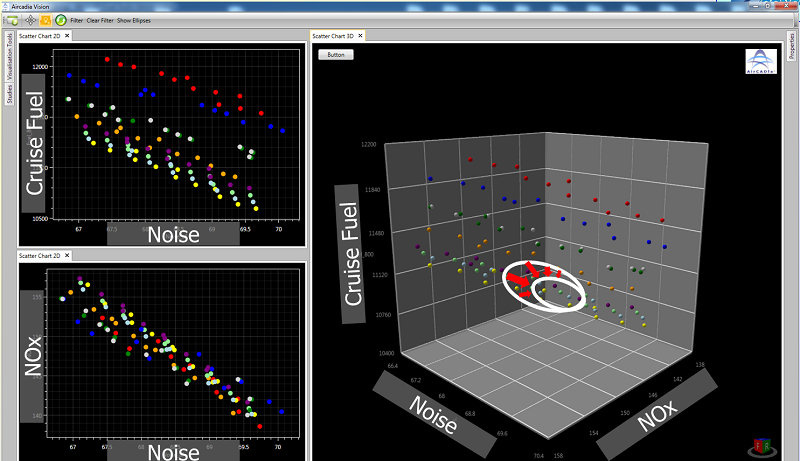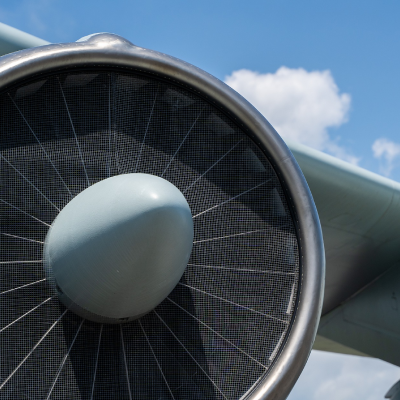We were part of a collaborative UK project aiming to develop new multi-disciplinary design and integration processes to support the conceptual design and assessment of future aircraft configurations.
Key Facts
-
The two-year project called CONGA (Configuration Optimisation of Next Generation Aircraft) received £4.3 million funding.
- Funded by Technology Strategy Board (now Innovate UK).
We collaborated with Airbus, Rolls-Royce, EADS, the Aircraft Research Association (ARA), Eurostep and MSC Software.
Impact of our research
Our contribution to this collaborative project will help to deploy radical new technologies and superior products to meet changing environmental and cost targets for aircrafts and power propulsion systems entering service beyond 2025.
Other key outcomes included enhanced awareness of the benefits of set-based design; enhanced collaboration between industrial partners, technology developers and academic researchers; and a firm foundation on which to base further research into engineering design methods, processes and enabling technologies.

Why the research was commissioned
The CONGA (Configuration Optimisation of Next Generation Aircraft) project responded to the need to develop new multi-disciplinary design and integration processes to support the conceptual design and assessment of future aircraft configurations.
Such developments are essential if designers are to be able to deliver robust product concepts, at the early stages of the design cycle, for novel airframe and power plant (jet engine) configurations that embed new technologies.
Why Cranfield?
We joined forces with Airbus and Rolls-Royce and other specialist industrial and IT providers within this project to develop a selection of innovative capabilities to meet the future product needs.
We had previously helped to develop the foundations, through the CRESCENDO project, for the Behavioural Digital Aircraft (BDA), the missing capability to enable the use of simulation throughout the development life cycle of an aircraft and within the entire supply chain.
Facilities used
We and our partners used our own tool, named AirCADia – Explorer, for set-based design, analysis and exploration.



